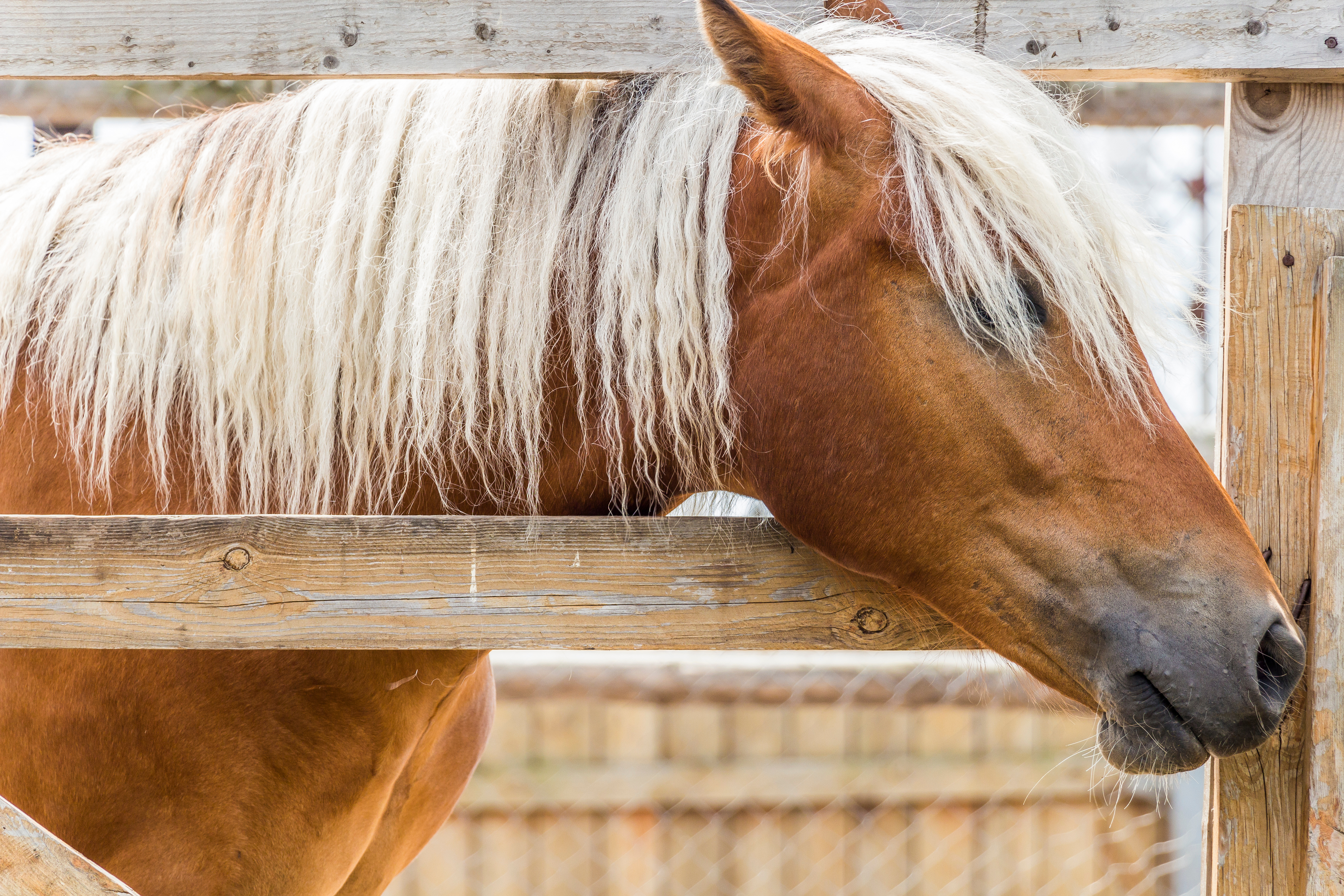Horse Safety 101: Choosing The Right Fencing Material

Horse Safety 101: Choosing The Right Fencing Material
A horse, with its grace and strength, is more than just a beautiful creature—it's an investment in time, love, and money. Protecting that investment starts with choosing the right fencing material.
As you explore more about horse fencing, you'll find that not all materials are created equal. Some offer better safety, while others promise longevity. How can you strike the perfect balance?
Here's a guide to help you out when selecting rural fencing for animals:
-
Understand Your Horse's Needs
Every horse is unique, and so are its needs. To choose the perfect fencing material, it's essential to recognize and accommodate these individual requirements:
-
Temperament: Some horses are naturally more curious, aggressive, or playful. A fence that might deter a gentle horse might not be effective for a more boisterous one.
-
Age And Physical Condition: Younger horses or those in prime physical condition might be more likely to test a fence's limits, whether by leaning, jumping, or attempting to break through. On the contrary, less agile horses could benefit from gentler fencing to minimize injury risks.
-
Previous Training: Horses trained or raised with certain types of fencing might be more familiar and respectful of similar setups. However, introducing a completely new fencing style could require an adjustment period.
Understanding these aspects enables a fencing choice that ensures your horse's safety and comfort.
-
Evaluate The Terrain
Your land's terrain plays a crucial role when it comes to the best fencing option for your healthy pony. It also has an impact on your chosen material's installation process and longevity. Here are a couple of key considerations:
-
Soil Type: Different soils have varying holding strengths. Sandy soils might require deeper fence post installations, while clay-rich soils can retain moisture and potentially rot certain materials.
-
Drainage: Land prone to water accumulation can affect the durability of certain fencing. Areas with more moisture might need enhanced fence stability.
Considering these terrain factors, you can select durable and aesthetically pleasing fencing.
-
Choose The Best Material Wisely
There's a wide variety of materials out there. Each offers unique benefits and potential drawbacks. Some of your options may include:
-
Wooden Fencing: Many horse owners prefer wooden fences due to their natural look and sturdiness. However, they require maintenance to prevent rotting and weathering. Regular checks for protruding nails or splinters can keep both the fence and your horse in top shape.
-
Wire Fencing: Wire fences can be cost-effective, especially those with tight mesh patterns. Be surethe mesh size is small enough to prevent a horse's hoof from getting trapped. The wire should be smooth to avoid injuries. Adding a top rail of wood or another visible material can help horses recognize and respect the boundary.
-
Electric Fencing: Electric fencing is designed to gently remind horses of boundaries without causing harm. When a horse comes into contact with it, they'll experience a mild, brief shock that is more surprising than painful, ensuring they remember and respect the fence in the future. Regular checks of this fencing type are essential to make sure the power source remains functional and the intended safety level is maintained.
-
Vinyl Fencing: Vinyl fencing offers a clean, modern look and requires minimal maintenance. While it's a bit pricier upfront, the long-term benefits of not having to repaint or repair as frequently can make it a worthwhile investment.
Weigh the benefits and drawbacks of each material against your specific needs. This way, it'll be much easier to assess your budget.
-
Evaluate Your Budget
While safety and durability are paramount, it's also essential to be realistic about your budget. High-quality fencing materials might have a steeper upfront cost, but they can offer savings in the long run with fewer repairs and replacements.
Conversely, opting for more affordable options might mean more frequent maintenance. It's crucial to weigh the initial investment against long-term expenses to make a decision that aligns with your financial situation.
-
Consider Fence Height And Spacing
Regardless of the material, ensure that your fence is tall enough to deter any attempts at jumping over. Generally, a height of at least 5 feet is recommended. Also, pay attention to spacing, especially if using rails or boards. Wider spaces can be tempting for a horse to stick their head or foot through, leading to potential injuries.
-
Always Prioritize Visibility
Horses might not always see a fence, especially when they're galloping at full speed. High-visibility materials or adding a top rail can help prevent unnecessary run-ins. Remember, the more visible the horse fence gate, the safer your equine will be.
Conclusion
Selecting your horse's fencing goes beyond aesthetics—it's a safety imperative. By considering your budget, understanding your horse's needs, and evaluating material specifics, you can make an informed decision. Take time to research, ask experts, and always prioritize your horse's well-being. After all, a safe horse is a happy horse.

